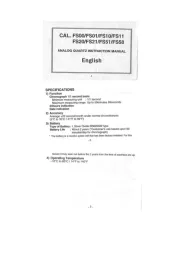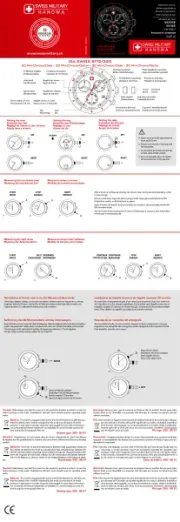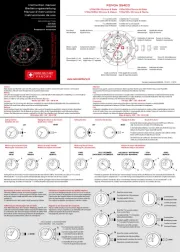Casio DQD-105 Manual
Læs gratis den danske manual til Casio DQD-105 (4 sider) i kategorien Ur. Denne vejledning er vurderet som hjælpsom af 11 personer og har en gennemsnitlig bedømmelse på 4.2 stjerner ud af 6 anmeldelser.
Har du et spørgsmål om Casio DQD-105, eller vil du spørge andre brugere om produktet?

Produkt Specifikationer
| Mærke: | Casio |
| Kategori: | Ur |
| Model: | DQD-105 |
Har du brug for hjælp?
Hvis du har brug for hjælp til Casio DQD-105 stil et spørgsmål nedenfor, og andre brugere vil svare dig
Ur Casio Manualer
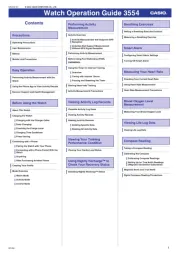
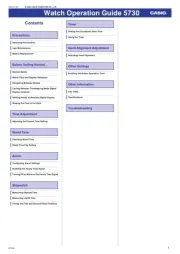


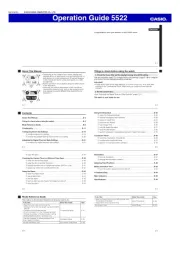
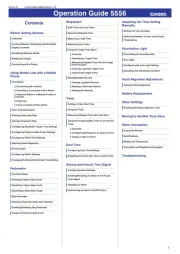

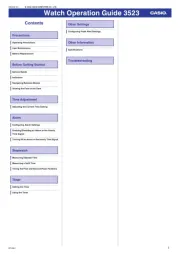


Ur Manualer
- Hama
- Jaguar
- Lynx
- Hager
- Naviforce
- Ferrari
- McIntosh
- Spinnaker
- PAUL HEWITT
- Bearware
- Olivia Burton
- Pulsar
- Triwa
- Taylor
Nyeste Ur Manualer
